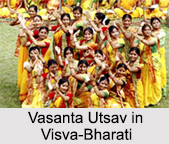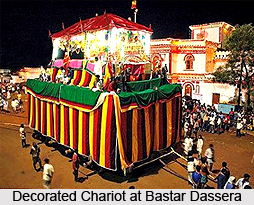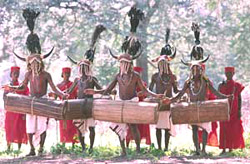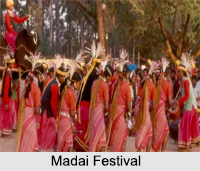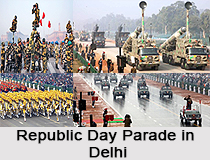 Republic Day is great national festival of India. This national festival is celebrated every year on January 26, in New Delhi with great pomp and pageant and in capitals of the Indian States, as well as at other headquarters and important places with patriotic fervour.
Republic Day is great national festival of India. This national festival is celebrated every year on January 26, in New Delhi with great pomp and pageant and in capitals of the Indian States, as well as at other headquarters and important places with patriotic fervour.
Objective of Republic Day
Republic Day reminds the fulfilment of the pledge that was made on the midnight of Independence as a "tryst with destiny". It is future-oriented, a vision of India that we nourish, an acceptance of responsibility and making of promises as well as recapitulation of the achievements. The act of framing the Constitution puts a spotlight on B.R. Ambedkar whose indefatigable labour and sharp insights helped the preparation of the document.
History of Indian Republic Day
Republic Day has the long drawn history from 1930s. A pledge was taken at the Lahore Session of the Indian National Congress at midnight of December 31, 1929 - January 1, 1930 by the nationalists. Tri-colour flag was unfurled and they vowed that every year on January 26, the "Independence Day" would be celebrated and that the people would unceasingly strive for the establishment of a Sovereign Democratic Republic of India. The professed pledge was successfully redeemed on 26 January 1950, when the Constitution of India framed by the Constituent Assembly of India came into force. Although, the Independence from the British rule was achieved on August 15, 1947, it is because of this, that August 15 is celebrated as Independence Day, while January 26 as Republic Day.
Republic Day in Modern Independent India
On Republic day, the pledge is renewed, but this day is celebrated without speeches. It is the only ceremony in which rhetoric is in the background and visuals are given priority. Republic Day is celebrated all over the country at all the administrative units like the capital cities, district headquarters, sub divisions, talukas, and panchayats.
Ceremonies on Republic Day
The major ceremonies at Delhi and the state capitals revolve around the parade in which all the Defence Services, police contingents, Home guards and Civil Defence, NCC, school children and cultural troupes participate followed by a display of tableaux and folk dances.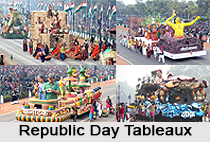
Military March-Past and Fly-Past on Republic Day
At Delhi, the most spectacular celebrations include the march past of the three Armed Forces, massive parades, folk dances by tribal folk from the different states in picturesque costumes marking the cultural unity of India. Further, the streak of jet planes of Indian Air Force, leaving a trial of coloured smoke, marks the end of the festival. The trees on both sides of the routes and the lawns become alive with spectators.
Republic Day as National Holiday
Republic day has acquired the status of a social celebration in which people participate whole-heartedly as spectators. Though, the parade is the main ceremony, various activities spill over from early morning when prabhat pheris (morning rounds) are held followed by homage to Gandhi. The parade is succeeded by sports events in the afternoon. `At Home` functions at the Raj Bhavan, at the District Magistrate`s and at the SDM`s are followed by illumination of public buildings of the state capitals and administrative headquarters.
Status of Republic Day
Republic Day is gradually acquiring the status as that of the 4th of July in USA. The celebrations are universal, total and participatory; children take part in a big way. The variations in culture are displayed through colourful attires and folk dances. The traditional predominates along with a touch of modernity reflected in the display of might (latest defence gadgetry and acquisitions), technology and capabilities of growth in various sectors. The parade symbolizes the might; the tableaux are predominated by cultural motifs.
Homage on Republic Day
The celebration is thus, homage to the past, the region and the nation that is a true republic and imposes nothing. The patriotic fervour of the Indian people on this day brings the whole country together even in her embedded diversity.

